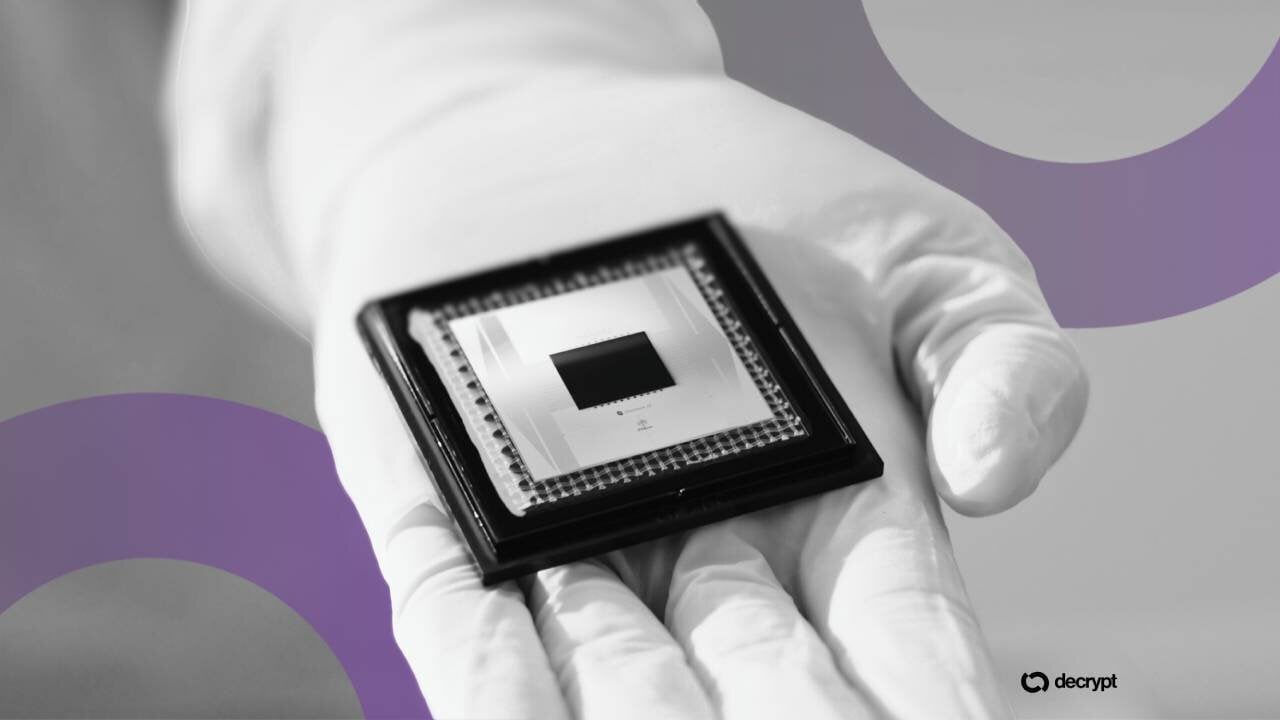NEAR Protocol focuses on enhancing usability, scalability, and accessibility to drive mainstream adoption of blockchain technology. A closer look on NEAR token by Coinidol.com.
NEAR Protocol (NEAR) is a blockchain platform that aims to provide a scalable and developer-friendly environment for building decentralized applications (DApps) and services.
It uses a sharding mechanism called “Nightshade” to improve scalability. Sharding divides the network into smaller shards, each capable of processing transactions and smart contracts independently, increasing the overall network capacity. It helps to to provide a user-friendly experience for developers and users alike, with a focus on reducing friction and complexity when interacting with blockchain applications.
Moreover, NEAR has introduced a bridge called Rainbow Bridge that enables the movement of assets and tokens between the NEAR and Ethereum blockchains.
NEAR (NEAR) token
NEAR is the native utility token of the NEAR Protocol. It’s used for various purposes within the ecosystem, such as staking, participating in governance decisions, paying transaction fees, and accessing services. An official wallet that allows users to securely manage their NEAR tokens, interact with DApps, and participate in staking.
NEAR Protocol uses a Proof of Stake consensus mechanism to secure the network. Validators are chosen to create and validate blocks based on the amount of NEAR tokens they stake as collateral.
Disclaimer. This article is for informational purposes only and should not be viewed as an endorsement by Coinidol.com. The data provided is collected by the author and is not sponsored by any company or token developer. They are not a recommendation to buy or sell cryptocurrency. Readers should do their research before investing in funds.
Source: https://coinidol.com/near-protocol-near-token/



